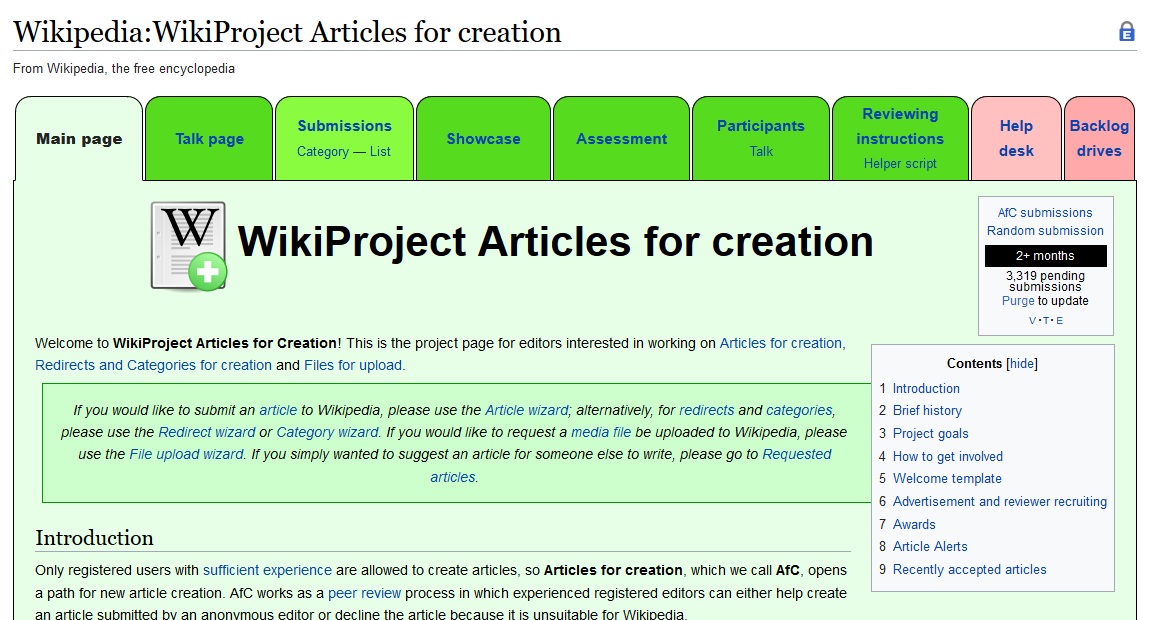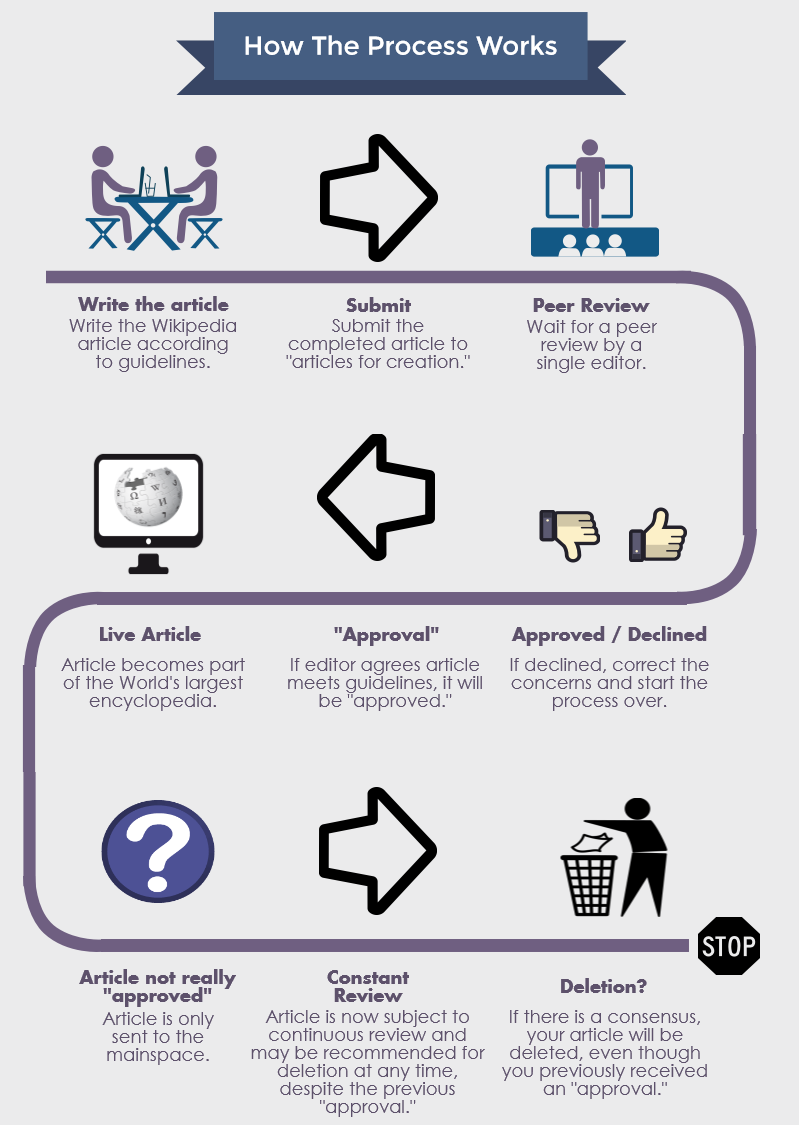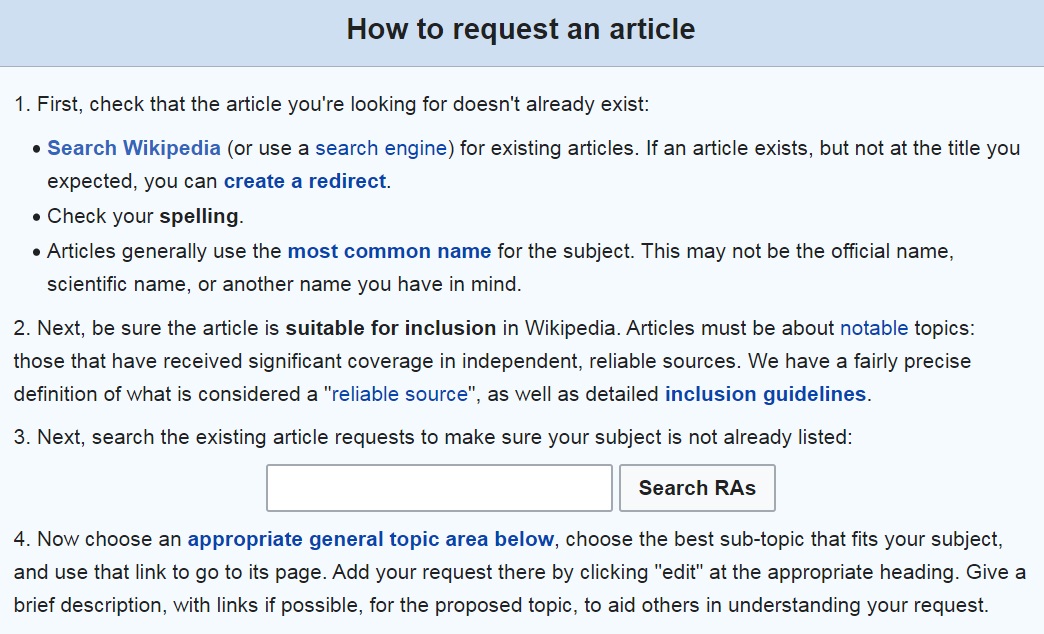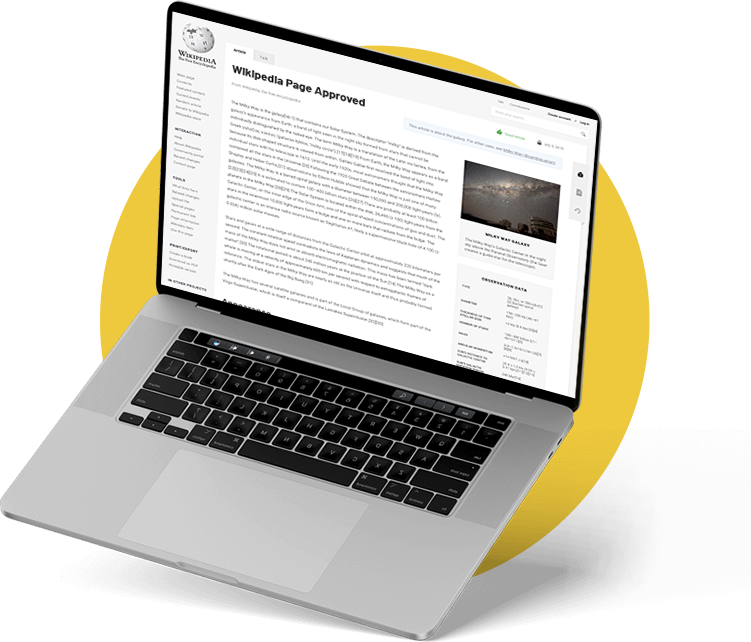How To Get Your Wikipedia Article Approved

Getting a Wikipedia article approved is notoriously difficult, with a high rate of submissions facing rejection. Navigate the complexities and increase your chances of success by understanding Wikipedia's strict notability guidelines and meticulous sourcing requirements.
This guide breaks down the crucial steps to get your Wikipedia submission accepted, focusing on verifiable facts and adherence to community standards.
Understanding Wikipedia's Notability Threshold
Notability is paramount. Wikipedia is not for everyone or every topic. Your subject must have received significant coverage in independent, reliable sources.
Significant coverage means more than just a mention. There should be in-depth articles, features, or reports about the subject. These sources must be independent of the subject, avoiding press releases or self-published content.
Reliable sources typically include mainstream news outlets, academic journals, and reputable books. Blogs, social media, and user-generated content generally do not qualify.
Gathering Impeccable Sources
Before writing a single word, compile your sources. Aim for at least three to five high-quality, independent sources demonstrating notability.
Each claim made in your article must be supported by a citation to a reliable source. Check your sources carefully to make sure they accurately verify the information.
Avoid using primary sources, such as interviews with the subject. Emphasize secondary sources that analyze or comment on the subject.
Writing in a Neutral Point of View (NPOV)
Maintain a neutral point of view. Wikipedia is an encyclopedia, not a promotional platform.
Present facts objectively, without bias or opinion. Avoid language that praises or promotes the subject.
Acknowledge different perspectives or controversies, supported by reliable sources. Strive for balance and fairness in your presentation.
Formatting and Style: Adhering to Wikipedia's Manual of Style
Follow Wikipedia's Manual of Style meticulously. This covers everything from formatting headings to writing lead sections.
Pay close attention to the structure of your article. Begin with a clear and concise lead section summarizing the key points.
Use proper Wikicode for formatting, linking, and citing sources. Consult Wikipedia's help pages for guidance.
Navigating the Submission Process
Create a Wikipedia account and become familiar with the editing environment. Consider starting by making small edits to existing articles to understand the process.
Write your article in your user sandbox before submitting it for review. This allows you to work on it privately and get feedback from other editors.
When submitting your article, be prepared for scrutiny. Be responsive to feedback from reviewers and willing to make revisions.
Addressing Common Reasons for Rejection
Lack of notability is a common reason for rejection. Ensure your subject meets Wikipedia's notability guidelines before submitting.
Insufficient or unreliable sources can also lead to rejection. Double-check the quality and independence of your sources.
Promotional or biased writing is another frequent issue. Revise your article to ensure it maintains a neutral point of view.
Next Steps: Resubmission and Alternatives
If your article is rejected, don't give up. Carefully review the feedback and address the issues raised by reviewers.
You can resubmit your article after making the necessary revisions. Consider asking for help from experienced Wikipedia editors.
If your subject doesn't meet Wikipedia's notability guidelines, consider other online platforms for sharing information. But remember, the bar is set high and only a fraction of drafts get accepted.


















